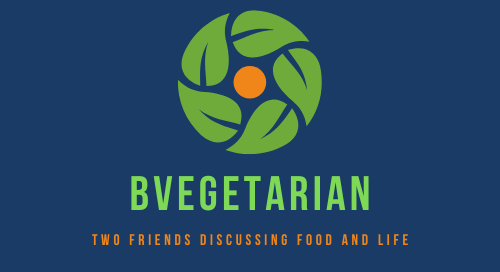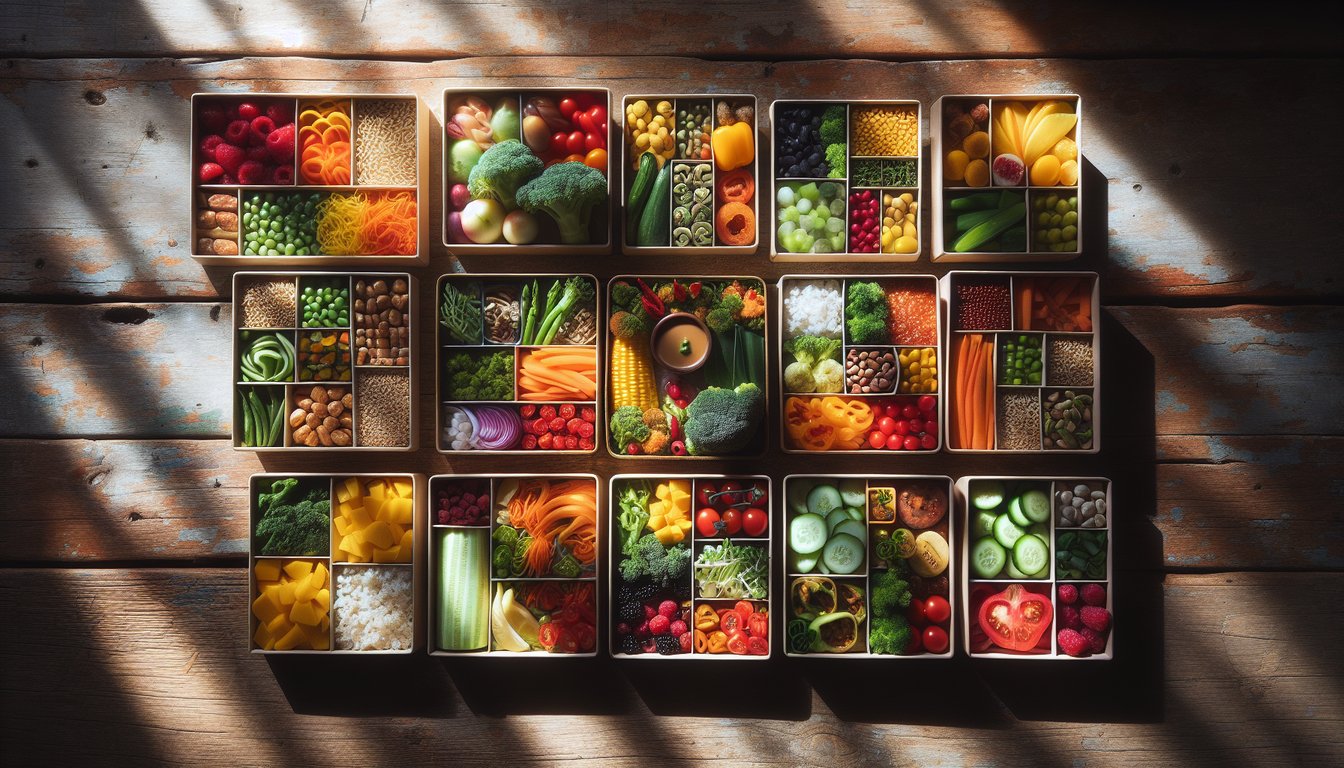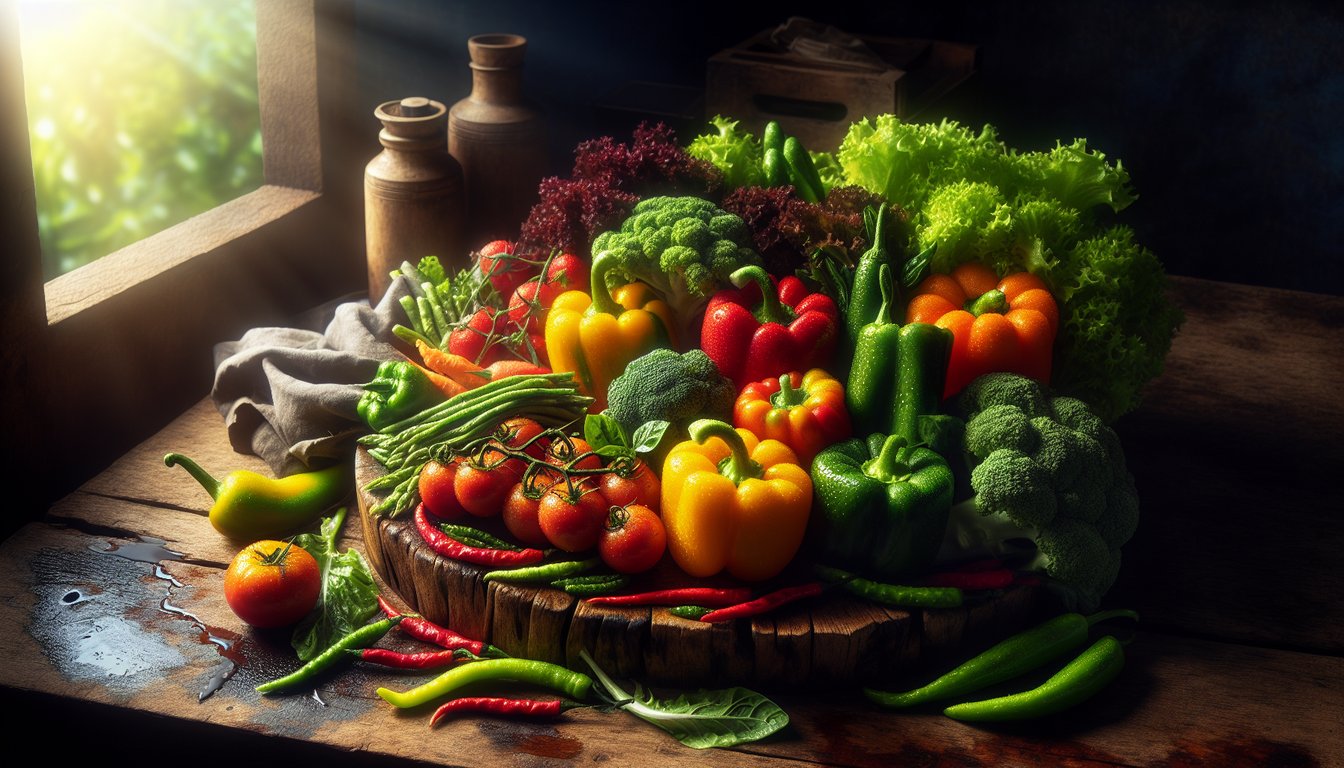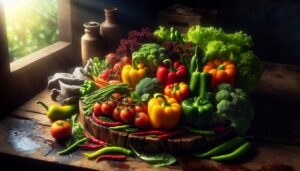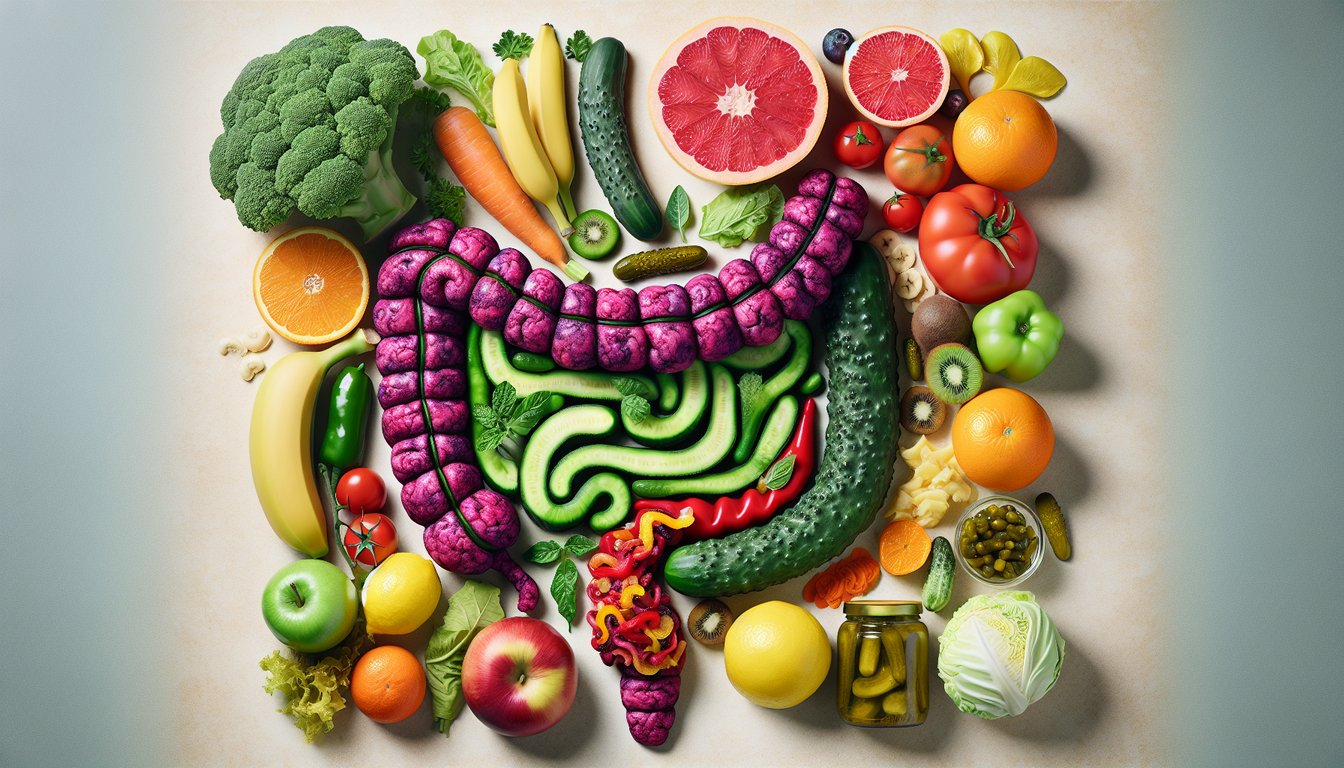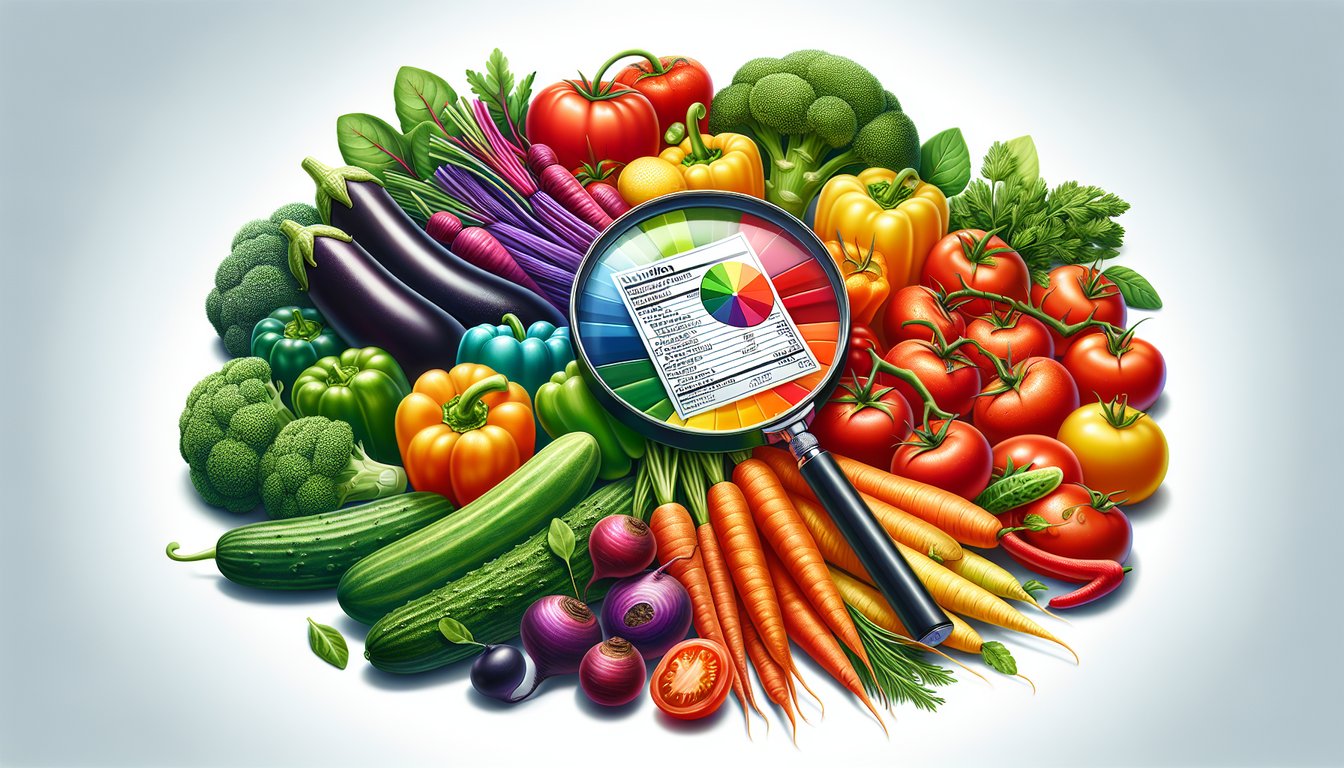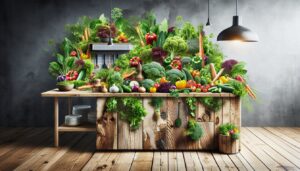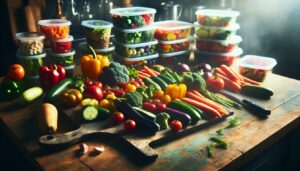Stocking a well-rounded pantry is one of the best ways to make vegetarian cooking easy, budget-friendly, and exciting. Having core ingredients on hand means fewer last-minute grocery runs and more time spent enjoying creative, home-cooked meals. Today, let’s walk through the essential veggie pantry staples that every vegetarian (and even flexitarian) kitchen should have. With these items, you can whip up delicious dishes any night of the week.
I have in my mind two lists of foods that I can cook. Special ones for the weekend and quick healthy comfort meals that can be ready in 30 minutes. Since I am from India and grew up in a household which wooden/coal stove and didn’t have the convenience of a microwave and always available source of heat, the meals were prepared twice a day. Breakfast was quick since we had to catch the school bus. It was usually stale bread from the night before and a tumbler of warm fresh milk. I was the one going to the farmer’s shed and watched him milk the cow and pour out 1 liter of warm frothy milk. I love just plain white rice with lentils and side of stir-fried green vegetables. Make me hungry to even thin about it.
Why Pantry Staples Matter
Think of your pantry as a personal toolkit. It’s not only a place to store food; it’s the starting line of every meal you create. When your shelves are stocked with versatile, nutritious ingredients, it’s easier to stay consistent with a vegetarian lifestyle. On those busy nights when you have no idea what to cook, your pantry comes to the rescue—beans for tacos, lentils for soup, or quick couscous for a hearty salad. Plus, buying in bulk can save you money and reduce packaging waste. We buy our stuff from Costco, Indian Grocery Stores and Asian Grocery Stores.
Legumes: The Protein Powerhouses
- Beans:
- Black Beans, Kidney Beans, and Chickpeas are some of the most versatile. They’re protein-rich, full of fiber, and can be used in soups, stews, salads, or even mashed into dips and spreads. Keep a few cans for quick meals, plus dried varieties if you have the time (or an Instant Pot) for batch cooking. I prefer the dried varieties but the only caveat here is to plan it the night before as some of them need overnight soaking in water.
- Lentils:
- Red, brown, and green lentils each have slightly different textures and flavors. Red lentils break down easily, making them great for creamy soups or Indian dals, while green and brown lentils hold their shape for salads, veggie burgers, and casseroles. No need to soak here. Just wash, boil in just enough water so that the end product is of the consistency that you are good with. Then a quick tempering with a few spices and aromatics like finely chopped onions, minced garlic, green chillis, mustard seeds etc.
- Split Peas:
- Split peas are perfect for that comforting pea soup or a satisfying stew on a chilly day. Plus, they cook fairly quickly compared to some other legumes.
Grains and Pasta: Your Carb Cornerstones
- Rice:
- Whether you prefer jasmine, basmati, or brown rice, it’s a good idea to keep a few types on hand. Brown rice offers more fiber, but white rice cooks faster. Pick your favorite or stock both for variety. With Insta Pot in every home, all you have to do it follow the instructions!
- Quinoa:
- This pseudo-grain is beloved for its protein content and nutty flavor. It’s a great base for salads, bowls, and even veggie burgers. Plus, it cooks in just about 15 minutes.
- Whole Wheat Pasta or Alternative Pastas:
- Pasta dishes are a vegetarian lifesaver when you’re short on time. Whole wheat pasta adds more nutrients, and there are also chickpea or lentil-based pastas if you want an extra protein boost. Again, follow the instructions on the package.
- Couscous and Bulgur:
- These grains cook super-fast—within minutes. They’re perfect for quick salads or as a side dish seasoned with herbs and olive oil. I will usually eat them with serving of stir-fried tofu with green beans. Sometimes, I use vegetable stock to cook them in. Makes it more flavorful.
Nuts, Seeds, and Nut Butters
- Nuts:
- Almonds, walnuts, and cashews not only provide healthy fats but also add a crunchy texture to salads and stir-fries. Keep them fresh in airtight containers or in the fridge. I don’t them use it very often but my kids make PBJ sandwich with them. No exactly PBJ but similar.
- Seeds:
- Chia, flax, and pumpkin seeds are rich in omega-3 fatty acids, protein, and minerals. Sprinkle them on oatmeal or yogurt, blend them into smoothies, or bake them into bread and muffins. My favorite is a combination of nuts and seeds that I sprinkle on top of my cottage cheese for breakfast.
- Nut and Seed Butters:
- Peanut butter, almond butter, tahini—these are versatile spreads that turn into dressings, marinades, and dips. Drizzle peanut sauce on roasted veggies or swirl tahini into soups for extra creaminess.
Flavor-Boosting Staples
- Spices & Herbs:
- A well-stocked spice rack can transform the simplest dish into something spectacular. Core staples might include cumin, paprika, turmeric, chili powder, oregano, basil, rosemary, and thyme. Add blends like garam masala or Italian seasoning to expand your flavor palette. Of course, I have a whole bunch of these spices in my pantry, and I use them often.
- Salt & Pepper:
- It might sound obvious, but quality salt (like sea salt or kosher salt) and freshly ground pepper are game changers for flavor. They’re also the foundation of most savory recipes.
- Cooking Oils:
- Olive oil is a must for dressings and light sautéing. Vegetable or canola oil handles higher-heat cooking. Coconut oil adds a sweet note to curries and baked goods. I prefer not to use Vegetable oils or Canola due to potential health risk, but Olive oil is a must. For bland applications, I use Avocado oil. Coconut oil has a tendency to freeze even in room temperature and I personally do not like its flavor unless in very fragrant and spicy South Indian Cooking.
- Onions & Garlic:
- While not exactly “pantry items” in the strict sense, onions and garlic store well at room temperature and form the aromatic base for countless vegetarian recipes. If possible, always keep them on hand!
Sauces, Condiments, and Stock
- Tomato Products:
- Canned tomatoes, tomato paste, or crushed tomatoes provide the base for hearty sauces, soups, and stews. Diced tomatoes can quickly become a pasta sauce with the right herbs. Costco is my friend here.
- Vegetable Broth or Bouillon:
- Veggie broth is essential for soups, risottos, and cooking grains. Low-sodium versions give you more control over the final seasoning.
- Soy Sauce, Tamari, or Coconut Aminos:
- These salty, umami-rich condiments are indispensable in stir-fries, marinades, and sauces. Tamari is a gluten-free alternative, while coconut aminos is soy-free and slightly sweeter.
- Vinegars:
- Apple cider vinegar, balsamic vinegar, and white wine vinegar brighten up dressings and marinades. Keep a variety to experiment with different flavor profiles.
- Mustard:
- A good mustard (Dijon or spicy brown) adds zing to dressings, glazes, and sandwiches. Plus, it can help emulsify homemade vinaigrettes.
Storage and Organization Tips
With this wide range of staples, organization can make or break your cooking flow. Store dry goods like beans, lentils, and grains in labeled, airtight containers to preserve freshness and prevent pantry pests. Rotate older items to the front so you use them first, reducing waste. For nuts and seeds, consider keeping them in the fridge or freezer to prolong their shelf life—they can go rancid if left in a warm pantry for too long.
Once you’re stocked and organized, set aside time each week to plan a few meals. You don’t need to schedule every single dish, but having a rough idea of how you’ll use your veggies and pantry items prevents food from going unnoticed in the back of a cupboard.
Making the Most of Your Veggie Pantry
A well-stocked veggie pantry is your ticket to stress-free, delicious cooking. Whether you’re whipping up a quick rice and bean bowl, blending nuts into creamy sauces, or exploring new flavors with exotic spices, these staples will ensure you’re never at a loss for a meatless meal. Keep experimenting! That’s half the fun of a vegetarian lifestyle—discovering unexpected combinations and flavors that leave you excited for the next cooking adventure.
By investing a little time and energy into building your pantry, you’ll set yourself up for success on your vegetarian journey. When inspiration strikes (or hunger calls), you’ll have everything you need to create nourishing meals without extra trips to the store. So, open those cabinets, take stock, and start planning your next tasty, plant-powered dish!

